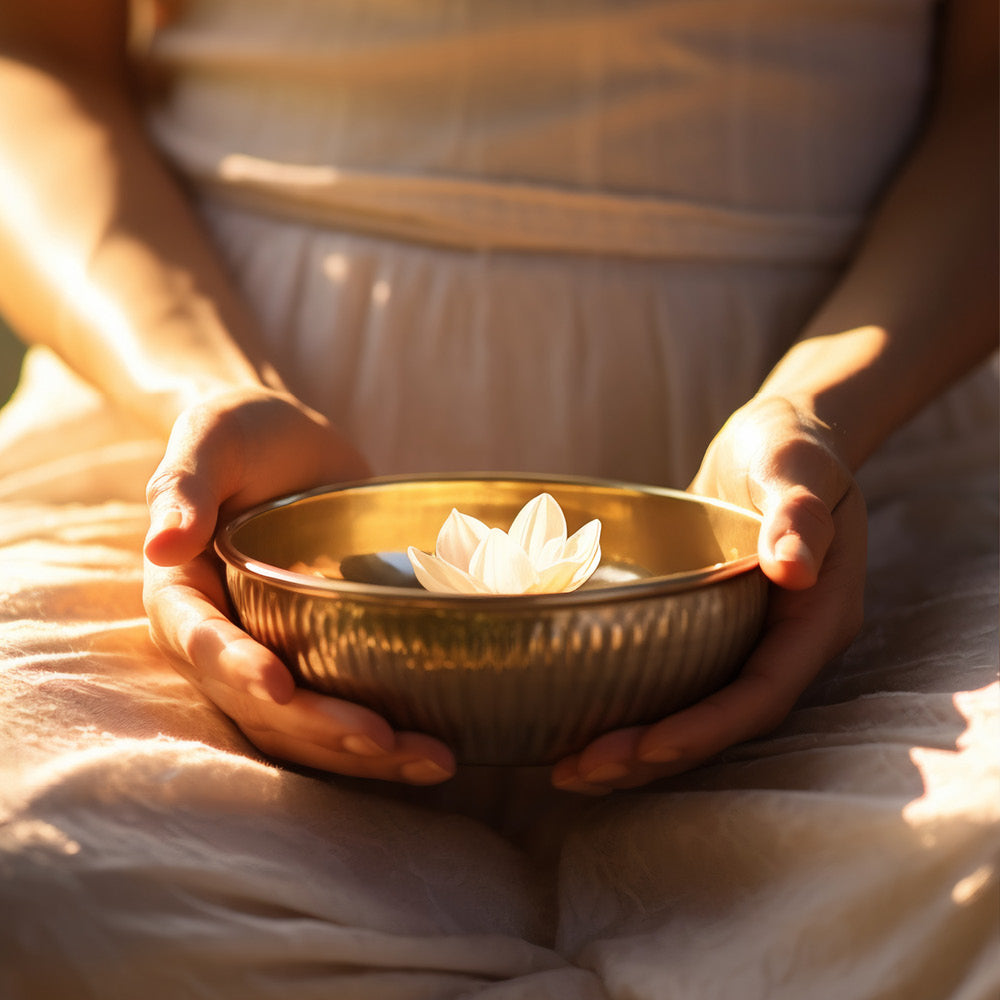

We love spring because there’s such a freshness to the air that’s unlike any other season. Unfortunately, for many people, the beauty of spring is lost in the hay fever brought on by the change of season. It doesn’t help that hay fever is often misunderstood.
What is hay fever?
Hay fever is an allergic reaction occurring in the eyes and nose. Allergen grass pollen is the primary cause of hay fever. Although removing the stimulus is the best preventative measure, it is usually impossible to avoid it altogether. However, Ayurveda can help to limit the allergens entering the body with nasal healing practices.
Ayurveda’s approach to hay fever
When the three doshas, Kapha, Pitta, and Vata are unbalanced, the immune system responds too aggressively to environmental triggers. This results in the allergic reactions associated with hay fever. It is always important for an optimum immune function to have balance in the three doshas.
According to Ayurvedic belief, weak digestive fire (Agni) and toxins in the body (ama) cause predisposition to hay fever. Therefore, diet plays a significant role in providing relief from symptoms.
Find relief with Ayurveda
Here are ten Ayurvedic ways to relieve hay fever:
1. Consume herbs such as ginger, basil, turmeric, and cumin in a warm tea.
2. Consume liquorice, which soothes the throat and acts as an expectorant.
3. Consume pippali (long pepper) which strengthens immunity, removes mucus, and serves as a bronchodilator.
4. Avoid dairy foods in early mornings and evenings, as well as pineapple, tomato, and fried food.
5. Practise daily meditation to calm the body and the mind.
6. Use a neti pot and a saline rinse to flush out foreign materials every morning.
7. Practise Nasya by applying a few drops of sesame oil to the nasal passages to clear congestion.
8. Bathe with Sandhya bath salts and then give yourself an Ayurvedic foot massage to reduce redness and eye itchiness, for Ayurveda tells us the feet have a connection to the eyes.
9. Apply Jiva Eye Concentrate daily to brighten and reduce inflammation around the eyes.
10. Practise Ujjayi breath which is a calming, ancient yogic breathing technique to balance the cardiorespiratory system. Take some time to inhale slightly deeper than normal. Close your mouth and exhale through the nose, while constricting throat muscles. Try to make the sound ‘haaah’ while doing this. For the full benefits, learn to make the noise while inhaling as well.
Live in harmony with nature and inhale the fresh spring air with enjoyment, thanks to Ayurveda.
For more guidance on improving your health with Ayurveda, visit https://www.awecosmeceuticals.com.au/






